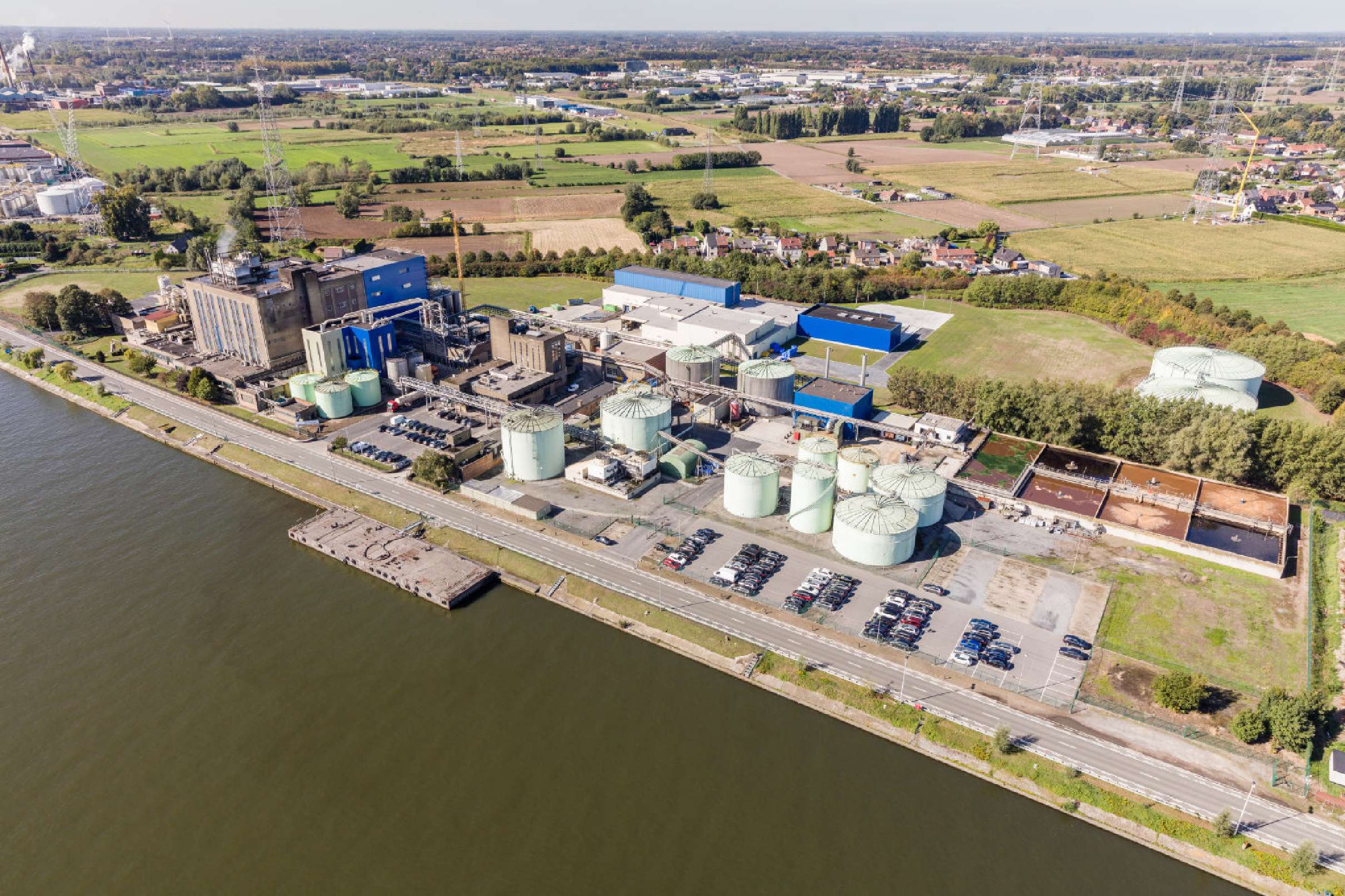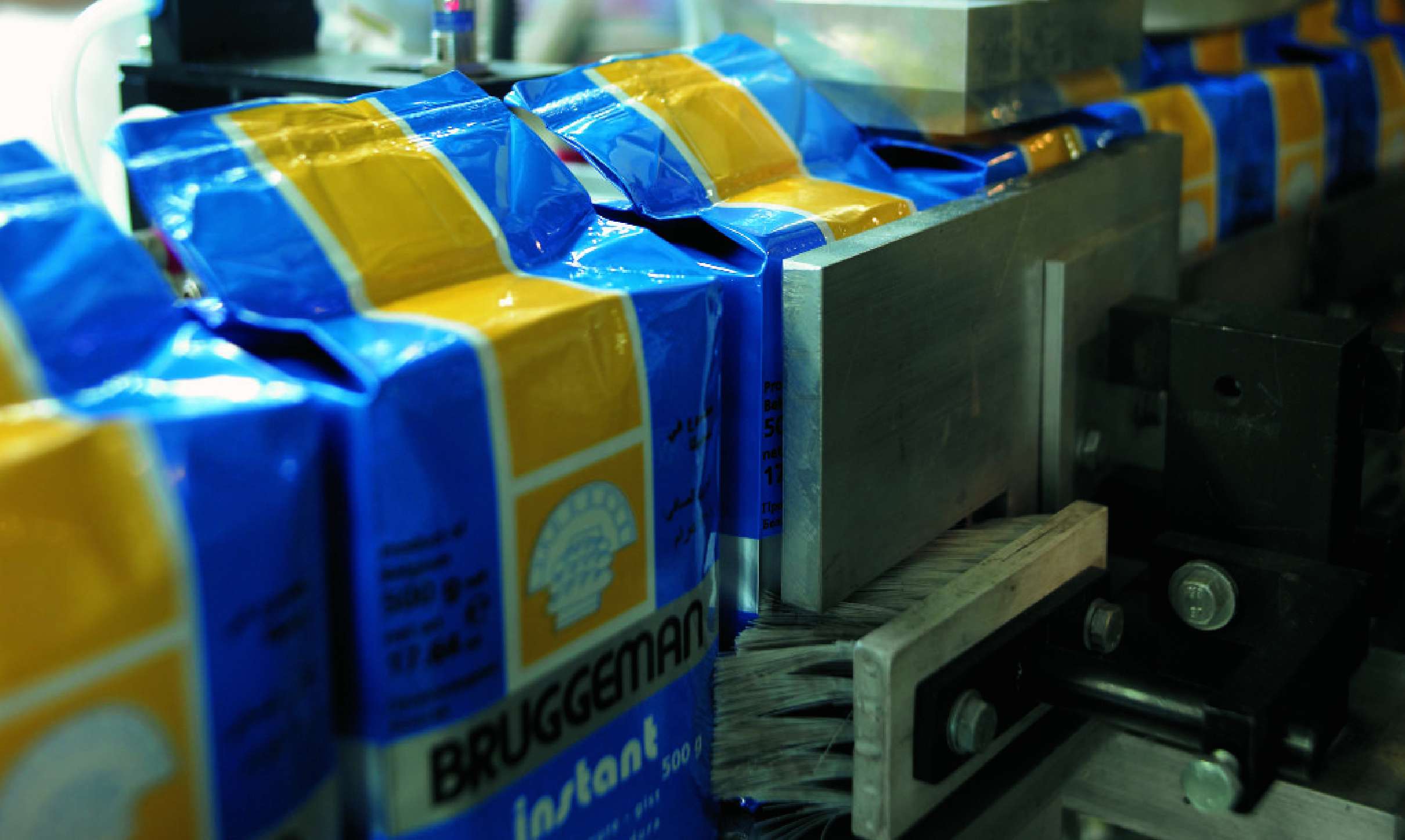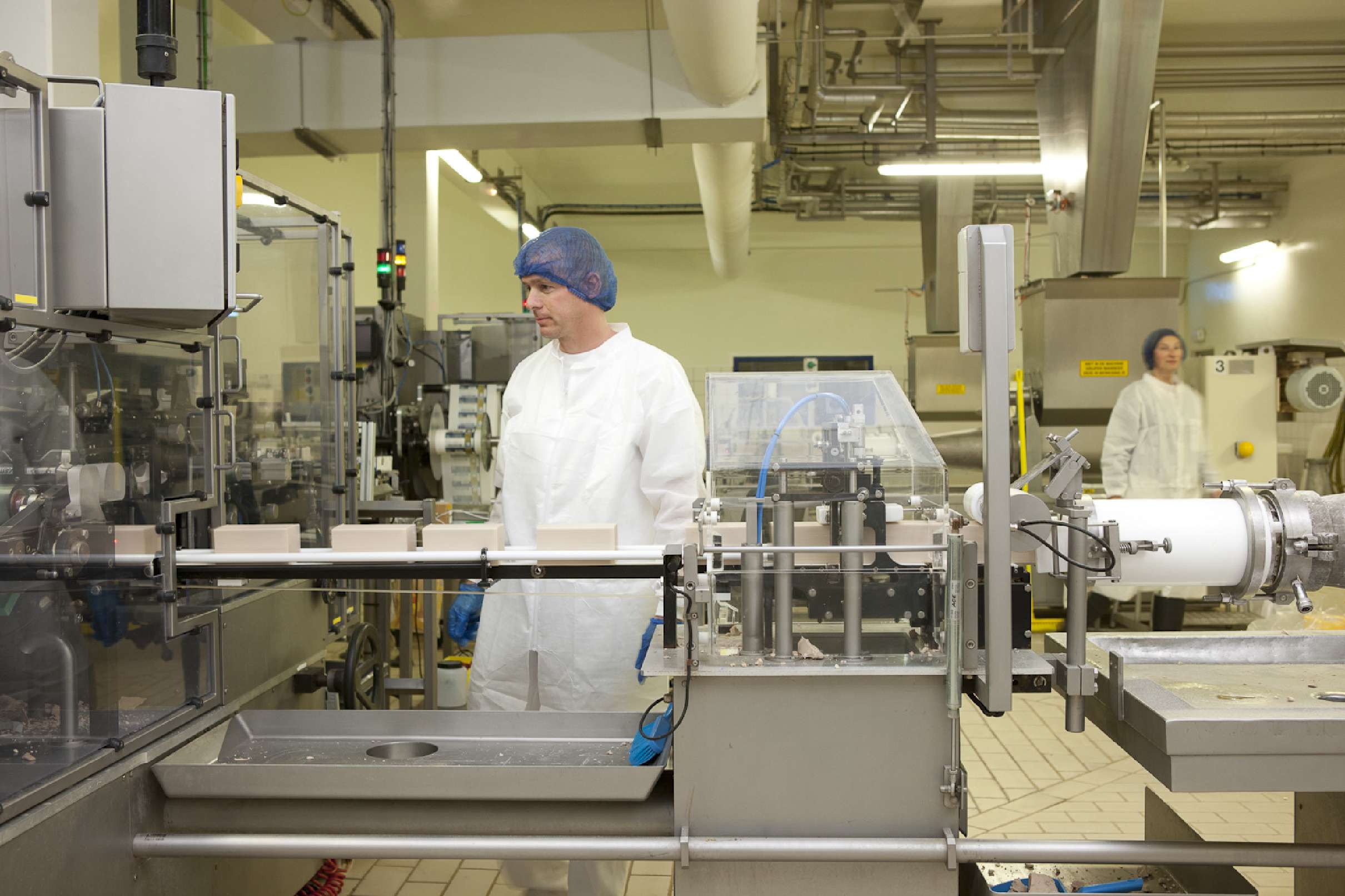Related story
Why Algist Bruggeman chose open source over proprietary process automation software.
How our data management software helped yeast supplier Algist Bruggeman improve data integrity, gain more insight in its production processes and improve product quality.
Questions about this case? Contact us!Because yeast supplier Algist Bruggeman collected data manually, the company lacked insight into its fermentation processes. Production data was committed to paper, making it difficult to compare batches, aggregate production parameters or detect anomalies. Factry built them a all-in-one MES system for real-time data integration, dashboarding, production planning and batch reporting. “Thanks to Factry’s data management software, the golden batch is now within reach”, says the company’s Automation Manager.
Algist Bruggeman supplies fresh, liquid and dried yeast to industrial, semi-artisanal and artisanal bakeries, as well as to the wine, beer and pharma industry. Algist Bruggeman is part of Lesaffre Group, a key global player in fermentation for more than a century, with a 2 billion EUR turnover and established on all continents, counting 10.000+ employees and more than 85 nationalities. Its Belgian site employs about 170 people and has an annual turnover of over 120 million euros.
As process data was largely taken down on paper, Algist Bruggeman lacked insight into its fermentation processes. Paper notes were manually transferred to different systems, a method that was both time-consuming and prone to errors. Additionally, important process data was not readily available for reporting and analysis.
Therefore, crucial questions remained unanswered:
“Our primary goal was to deliver accurate process data to the top IT layer of production,” says Ivo Lemmens, the company’s Project Manager Automation. “As our proprietary historian system lacked flexibility, we needed a data management solution that would make process data accessible for any department: from maintenance over to procurement and production.”

Algist Bruggeman leverages Factry Historian to monitor a multitude of appliances and machines, both in real-time and historically. High-resolution process data is gathered through PLCs, logged in InfluxDB and visualised through the Grafana interface. This allows them to zoom in on process issues and carry out preventive maintenance.

Through real-time machine monitoring, Algist Bruggeman is now able to fix production issues before they happen. “Let’s say a machine is equipped with open/close valves,” Lemmens explains. “Factry Historian now automatically captures both the control signal of the valve and the feedback signal. As soon as the time interval between those signals increases, we know there’s an issue and the valve should probably be cleaned or replaced.”
Whereas we used to make a lot of decisions based on gut feeling, we can now compare objective production data from different sources
Ivo Lemmens
Project Manager Automation at Algist Bruggeman
The historian has also proven its worth as a Material Requirements Planning (MRP) tool. Through the dashboarding interface, people can now consult advanced visualisations and make accurate predictions about e.g. batch material usage compared to stock supply. This enables them to improve both the flow of raw materials as well as floor efficiency.
For example, every batch of yeast requires a specific amount of air to be injected into the fermentor. Therefore, production needs to closely monitor air and pressure levels. Through a custom visualisation in Grafana, the software predicts how much air is needed for each batch, so operators can start up or shut down the compressors at exactly the right time.
“Another benefit is that procurement is now automatically notified if a tank of raw materials is running out, so they can order new products in time,” Lemmens adds. “As storage space for some raw materials is limited, it relieves people from the stress of having to race to place new orders at night or during the weekend in order to avoid production interruptions.”
Algist Bruggeman consists of many different departments, such as fresh yeast, dried yeast, packaging and wastewater treatment. Even though they are connected in the business process, departments and their production systems – such as PLCs and data visualisation systems – used to operate fairly independently from each other.
“Thanks to Factry’s open-source based data management software, we are now able to look beyond department boundaries, which is a massive bonus,” Lemmens confirms. “For instance, the wastewater treatment department, which is last in line, is now able to consult the production schedule and see how much water is used at the beginning of the chain.”

Key benefits of Factry Historian
After the fermentation process, yeast samples are collected. Next, the company lab performs a number of tests. “Seeing the batch reporting tool is integrated with our Laboratory Information Management System (LIMS), we can now take a closer look at the production data and the lab results at once, resulting in new insights we lacked before. Whereas we used to make a lot of decisions based on our gut feeling, we can now compare objective data,” Lemmens elaborates.
Before implementing Factry’s industrial data management and MES solution, production planning was only available through the enterprise resource planning (ERP). Recipes and batch numbers had to be manually selected or entered into the system, which allowed for human error. Today, the company’s production planning is directly forwarded to the production floor. At the push of a button, production batch numbers and settings are automatically loaded into the SCADA system. This saves operators time and guarantees an error-free link between planning, ERP, fermentation, LIMS and downstream processing.
Instead of having to write off counters on paper, people now have more time to carry out root cause analysis or think about innovations and improvements.
Algist Bruggeman produces a large variety of yeast products for multiple applications and a range of industries. Recipe data was stored in static spreadsheets, making it virtually impossible to effectively manage them and keep them up-to-date on different systems. Integrated recipe management was therefore one of the top priorities.
Factry’s MES solution for recipe management, which includes version control, eliminates the proliferation of spreadsheets, and ensures a Single Source of Truth for anyone in the facility.

“Production data is now automatically captured and stored on-premise. This enables us to trace batches, instantly draw reports, build custom dashboards, notice trend patterns and identify the best production batch,” Lemmens continues.
The Golden Batch, which any batch-processing business is looking for, is now within reach at last!
“I immediately felt that we were on the same page as Factry and that turned out to be the case. They provided us with a detailed description of the entire automation process, so we were perfectly clear on what to expect. Promises were kept on both ends, as they should, and our expectations were met. The Factry team went the extra mile and that shows in the results.”
“Factry’s data management software helped us to gain insight into our processes and produce better yeast more efficiently. As a result, we can offer our employees a more worthwhile and satisfying job. Instead of having to transcribe counter data, people can now spend more time on root cause analysis or coming up with innovations and improvements. In fact, in my opinion, this might even be the main long-term advantage of the software.”